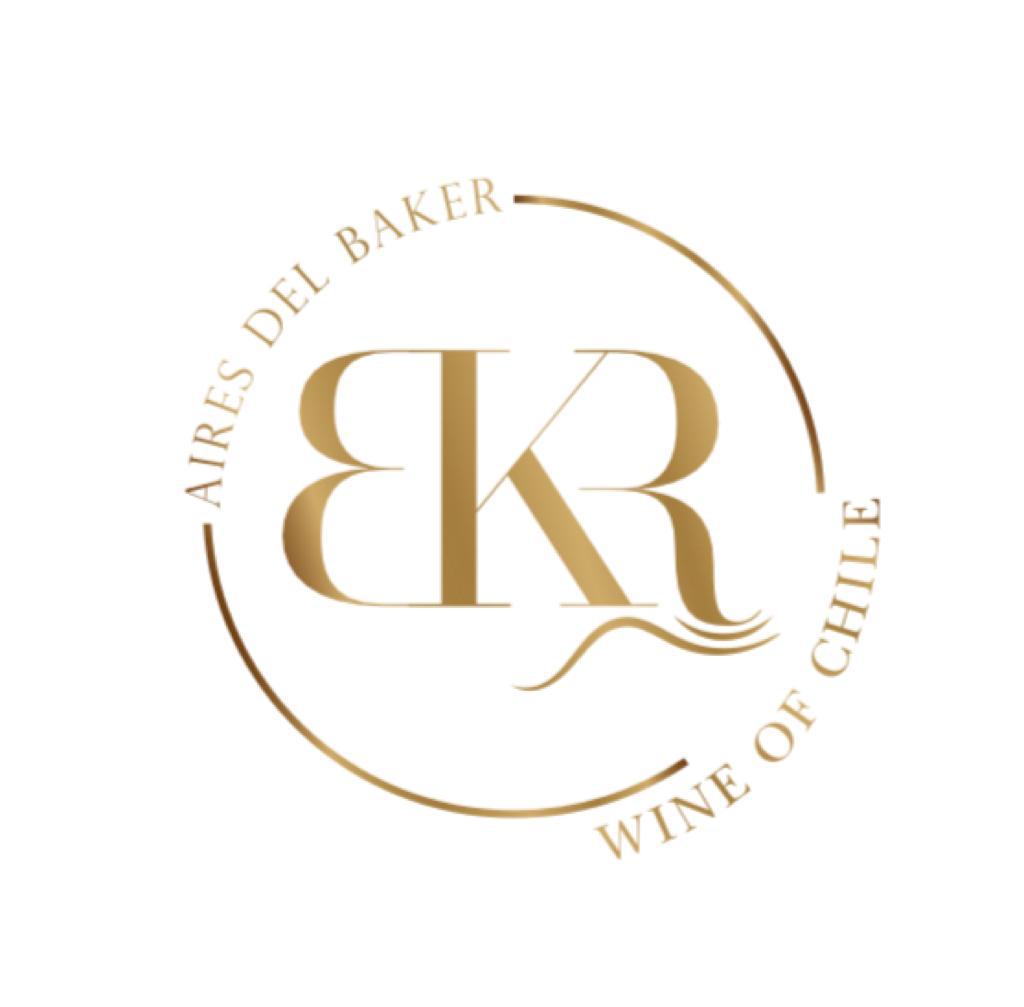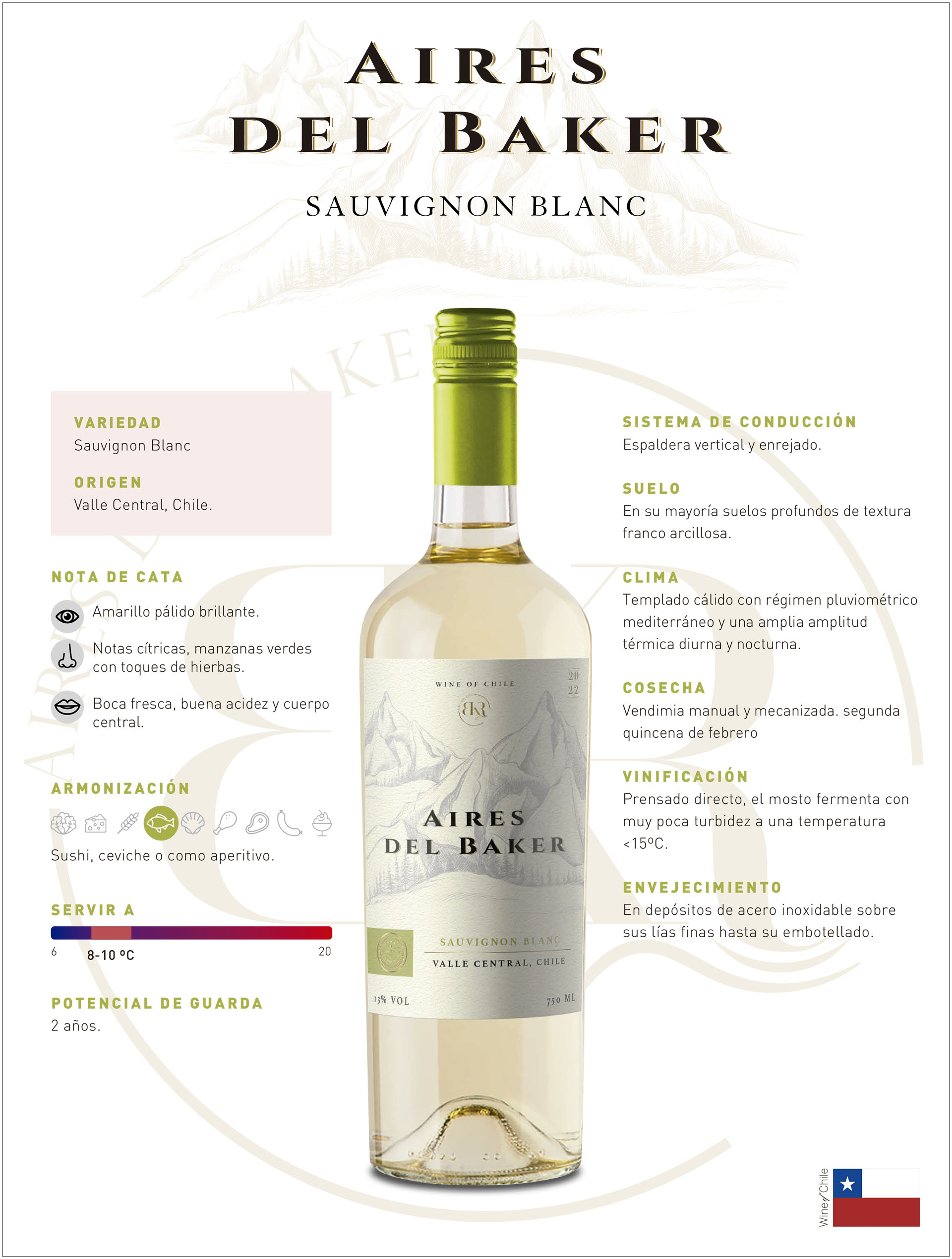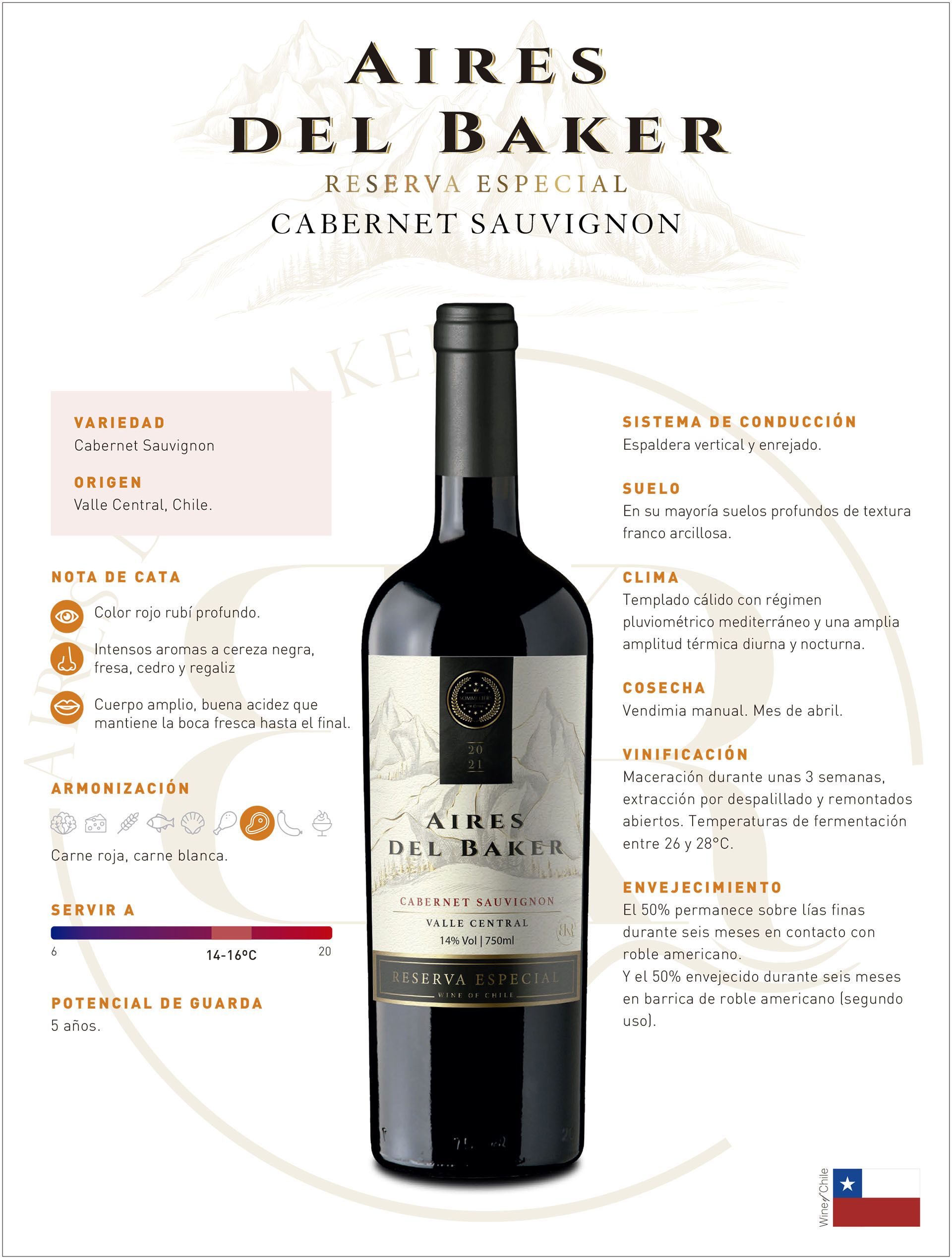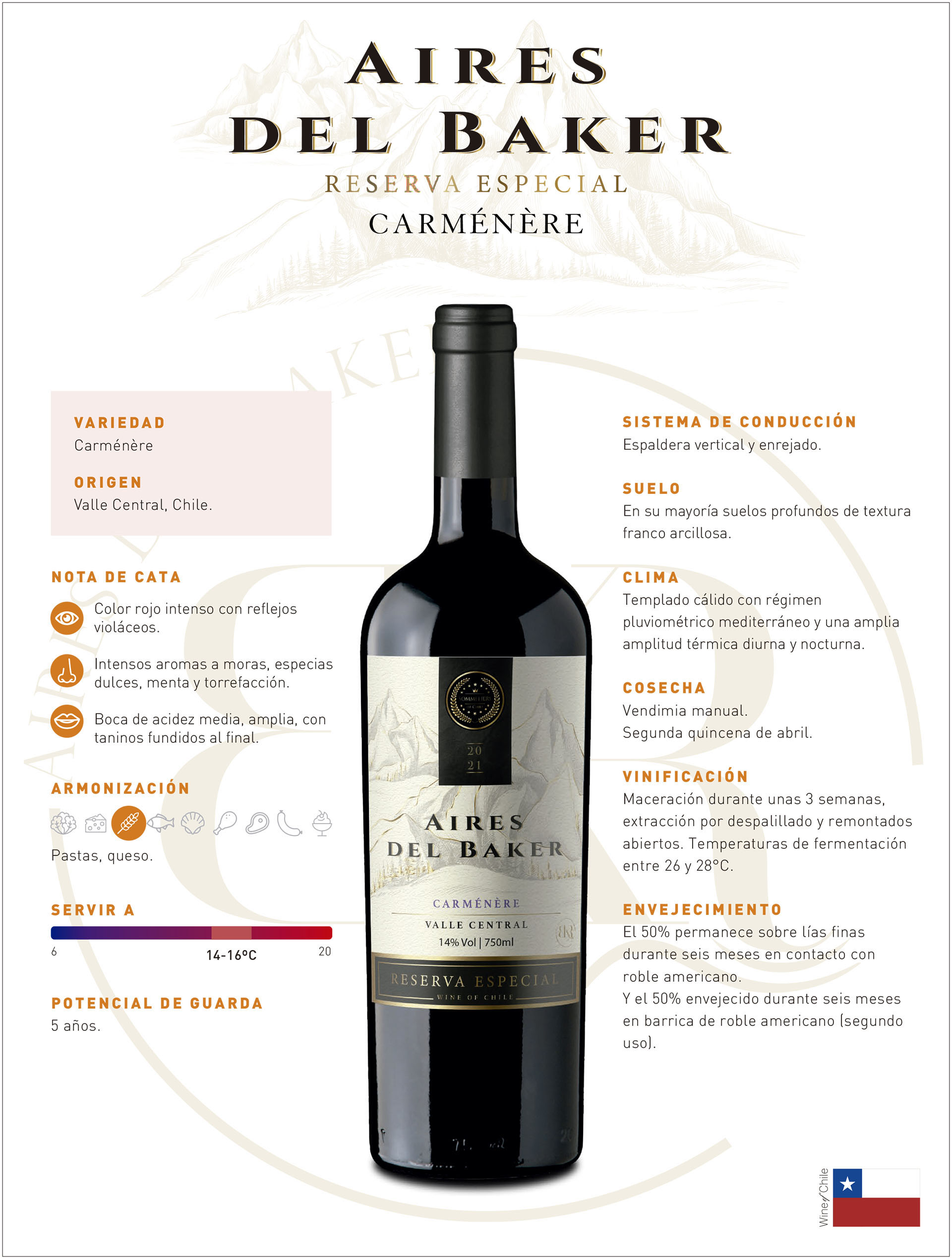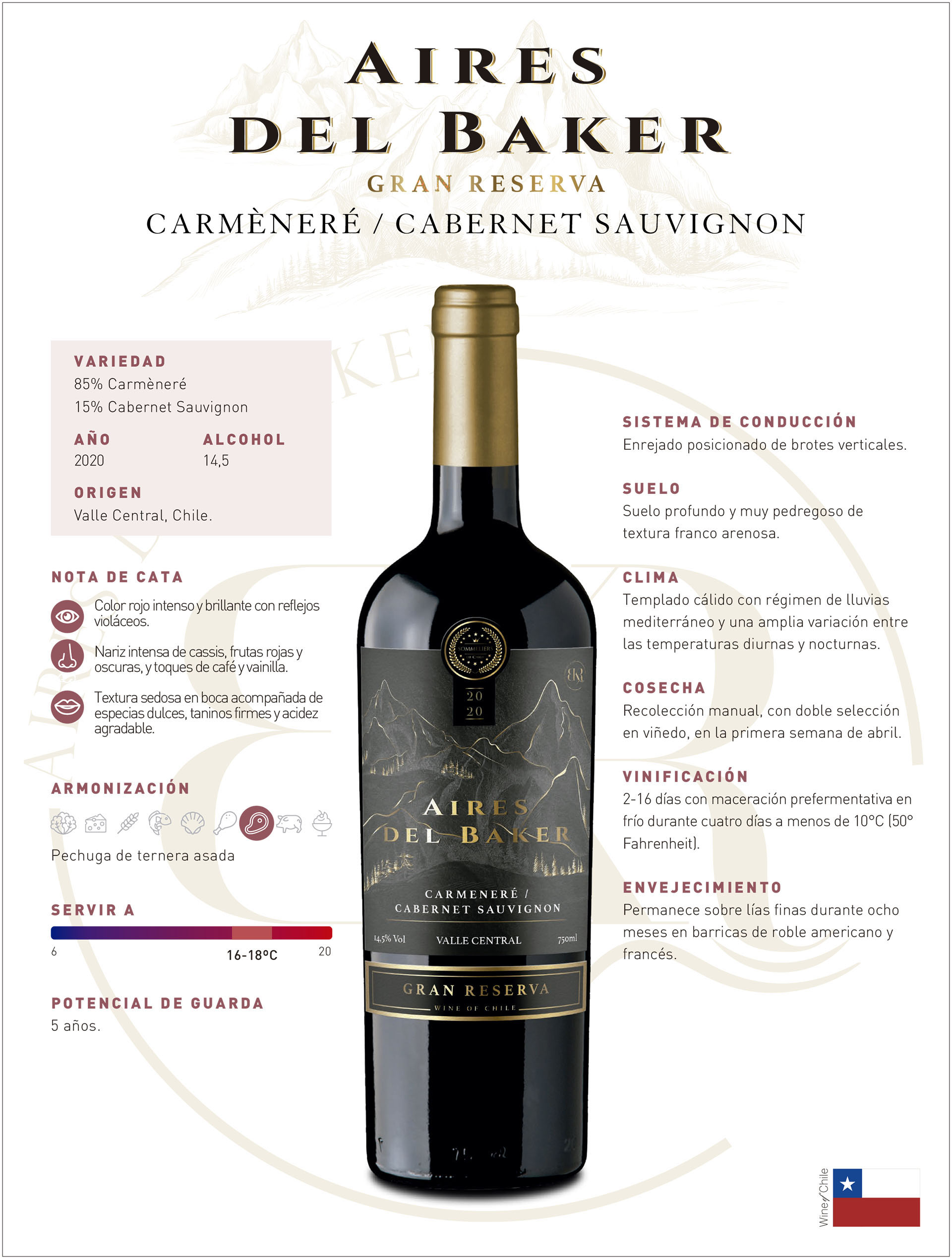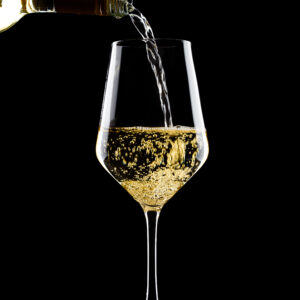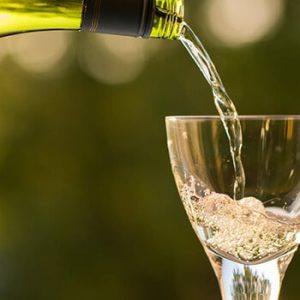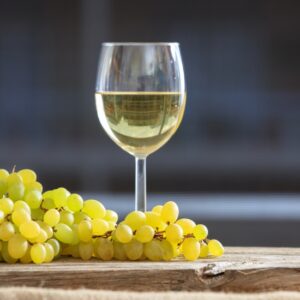Unforgettable experience
Wine & Dine
Things about Wine You Didn’t Know!
Calendario Agrícola
Se refiere a la estrategia productiva que se ejecuta en Fundos, para la óptima ejecución de las labores Agrícolas en las diferentes temporadas, como por ejemplo labores de invierno, aplicación, poda, cosecha, de tal forma, que el resultado final, sea la eficiencia en cada hectárea, cosechando las mejoras Uvas, para maximizar la calidad del Vino.
Línea de Envasado
Las líneas de envasado, es el proceso final donde se envasa el vino en los diferentes formatos y generalmente está compuesta por: Área de Despaletizado, Rinser, Llenadora, Corchadora, Roscadora, Capsuladora, Etiquetadora, Armadora de Cajas, Impresoras, Armadora de Pallet.
Cápsula
Las cápsulas, es un sello generalmente termocontraibles, que se utilizan, para sellar la parte superior de la Botella y evitar la exposición del corcho en diferentes ambientes, que podrían generar deterioro y contaminar el vino.
Cepa
Se emplea este término a los diferentes tipos o variedades de vinos que se producen y los atributos de cada una de ellas, como por ejemplo vinos tintos Cabernet Sauvignon, Carmenere, Merlost, Pinot Noir, Zyrah, Malbec y Blancos como por ejemplo Sauvignon Blanc, Chardonnay, Riesling, Moscato o Moscatel.
Ensamblaje
Se denomina Ensamblaje al proceso donde se mezclan diferentes tipos de Uvas o vinos de una misma cepa pero de diferentes Viñedos. El ensamblaje, se puede realizar antes de la crianza del vino, durante la crianza o antes del envasado del vino.
Guarda de Vino
Este término, se utiliza para determinar los diferentes tipos de almacenamiento o guardas de vino, el cual dependerá del tipo de material como son barricas de maderas, tanques de acero, cubas de concreto y huevos de concreto. La guarda de vinos puede durar unas semanas, como varios años, lo cual depende de sus características, variedad, maduración y calidad esperada.
WINE ELABORATION PROCESS
The winemaking process is born with the Agricultural Technical management, according to the Agricultural calendar established in the different stages, such as: Pruning, Foliage Management, Weed Control, Frost Control, Maintenance of Structures, Winter work, handling and application of products and finally harvest. Once the harvest begins in the farms, the Enological processes begin with the Harvest.
Una vez que se inicia la cosecha en los fundos, comienzan los procesos Enológicos con la Vendimia.
